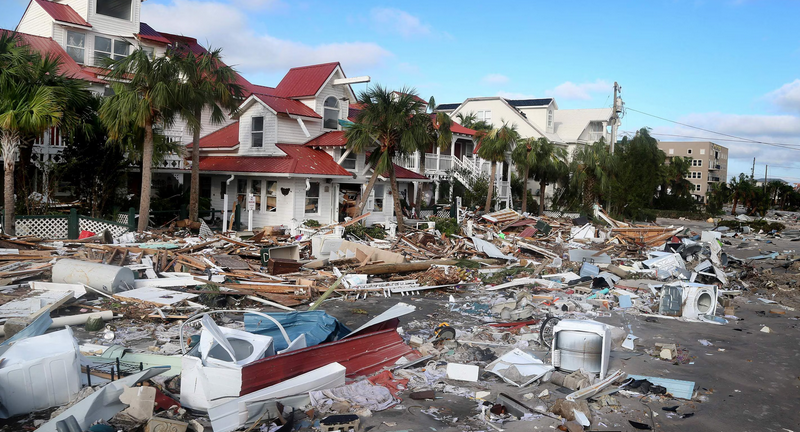
Florida insurers will have a challenging June reinsurance renewal, even with the implementation of the legislative reforms.
The introduction of the Reinsurance to Assist Policyholders Program (RAP) and the Florida Operational Reinsurance Assistance Program (FORA) will help soften the reinsurance market to some extent.
According to Stonybrook Capital, the 2022 year-end renewals experienced rate-adjusted rate increases for property reinsurance renewal averaging north of 35% as a cumulative result of losses caused by extreme weather events, economic/social inflation, and geopolitical uncertainty (see Natural Catastrophes Drivers. Main Lessons for Insurance Industry).
Natural catastrophes and the increased frequency of secondary perils placed pressure on property insurers across the nation in 2022, especially in the coastal regions.
Catastrophe reinsurers are in the driver’s seat, having successfully pushed retentions, rates, and terms and conditions onto their cedants in the 2022 renewals.
Many reinsurers would not support any layer below the 1:10 attachment point, resulting in cedants taking meaningful retention increases, while reinsurers are also often restricting cover to named perils.

With a harder retro market, reinsurers were hesitant to authorise lines not knowing the capacity available to cede their own risks (see Global Insured Losses from Natural Catastrophes).
Although the market has become more orderly in 2023, these market forces continue for the crucial June 1 coastal catastrophe renewals.
Florida homeowner insurers will struggle in the near future as they still have a number of open claims and lawsuits from prior years.
As the loss environment begins to stabilise post-reforms, reinsurance costs should eventually become more favourable leading to primary rates being more affordable to homeowners.




